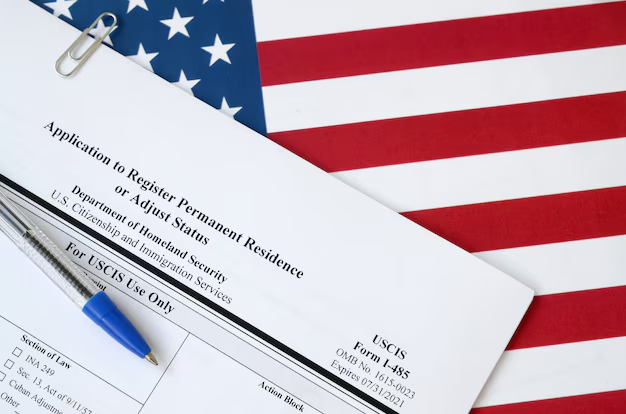Unlocking the Benefits of a VA Loan: A Veteran's Guide to Homeownership
Navigating the home-buying process can be an overwhelming experience. However, for veterans and active-duty military personnel, the VA loan program offers a golden opportunity to secure a home with favorable terms. If you’ve served our nation, understanding how to use a VA loan effectively can pave the way to owning your dream home without unnecessary financial burdens.
What is a VA Loan?
The Department of Veterans Affairs (VA) offers a VA loan, a mortgage program specifically designed for veterans, service members, and select military spouses. The standout feature of a VA loan is that it allows eligible applicants to purchase a home without needing a down payment, making it uniquely accessible for those who have served.
Key Benefits of VA Loans
- No Down Payment Required: Unlike conventional loans, VA loans typically do not require a down payment, which can be a massive relief for cash-strapped buyers.
- No Private Mortgage Insurance (PMI): Borrowers save money each month, as PMI is not required for VA loans.
- Competitive Interest Rates: VA loans often come with lower interest rates compared to traditional loans.
- Lenient Credit Requirements: Veterans with lower credit scores may still qualify for favorable loan terms.
How to Use a VA Loan
Confirm Eligibility: Before diving into the home-buying process, ensure you are eligible for a VA loan. Generally, active-duty service members, veterans, and some military spouses qualify. You’ll need a Certificate of Eligibility (COE) to prove your entitlement.
Get Pre-Approved: Contact a lender specialized in VA loans to get pre-approved. Pre-approval gives you an estimate of how much you can borrow and strengthens your offer when house hunting.
Find a VA-Approved Lender: Not all lenders offer VA loans. Choosing an experienced lender can make the process smoother and help you take advantage of all available benefits.
Shop for a Home: Work with a real estate agent familiar with VA loans to find a property that meets VA loan requirements. The home must be your primary residence and pass a VA appraisal.
Negotiation and Contract: Once you’ve found the right home, your agent will help negotiate terms and contracts. Ensure a VA escape clause is included to protect your earnest money deposit if the home’s appraised value is less than the sales price.
Close on Your Home: Once your offer is accepted, you’ll proceed to close the deal. At this stage, you'll sign necessary paperwork, remit any closing costs, and officially become a homeowner.
Exploring Further Financial Opportunities
While a VA loan makes homeownership achievable, veterans should explore other financial avenues to enhance their financial stability and quality of life. The following programs can complement a VA loan by addressing various aspects of financial management:
- Government Aid Programs: Look into federal and state aid programs that provide assistance with education, healthcare, and other essential services.
- Credit Card Solutions: Manage your finances better by selecting credit cards that offer low interest rates and rewards tailored to veterans.
- Educational Grants: Utilize available educational grants and GI Bill benefits to further your education without incurring debt.
- Debt Relief Options: If debt becomes overwhelming, consider debt consolidation or counseling services designed for veterans to regain control over your finances.
Choosing to utilize a VA loan is a significant first step toward financial freedom and stability. By complementing this decision with other financial and educational resources, veterans can secure both a home and a prosperous future.
Financial Resources for Veterans 🏡
- 📜 GI Bill Benefits: Comprehensive educational assistance for veterans.
- 💳 Veteran-Specific Credit Cards: Offers reduced fees and military member perks.
- 🎓 State Educational Grants: Funding opportunities specific to veterans in higher education.
- 🏦 Debt Management Programs: Specialized services for debt relief and management.
- 🏢 VA Healthcare System: Access to healthcare solutions tailored for veterans.
- 🌍 State-Specific Aid: Investigate regional benefits available to veterans residing in your area.
Understanding and utilizing these resources can empower our nation's heroes to navigate the financial landscape efficiently and confidently.
